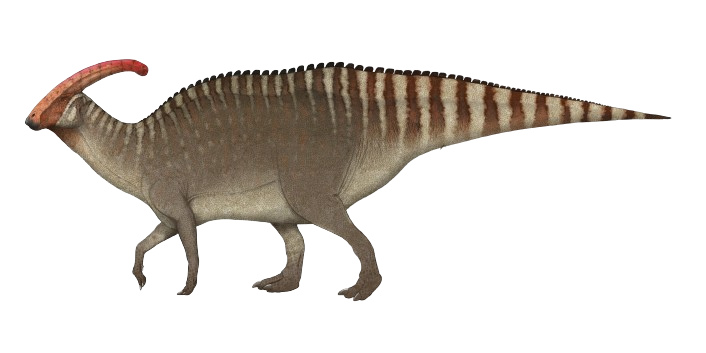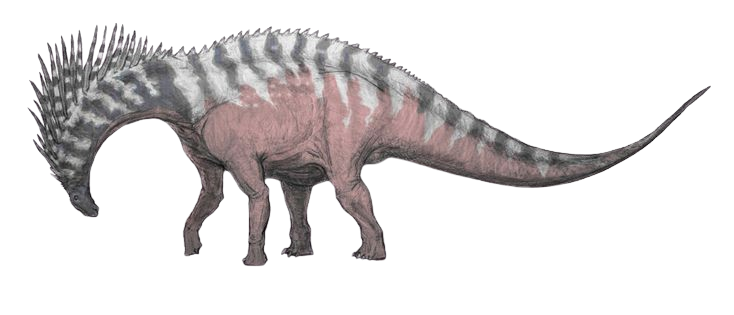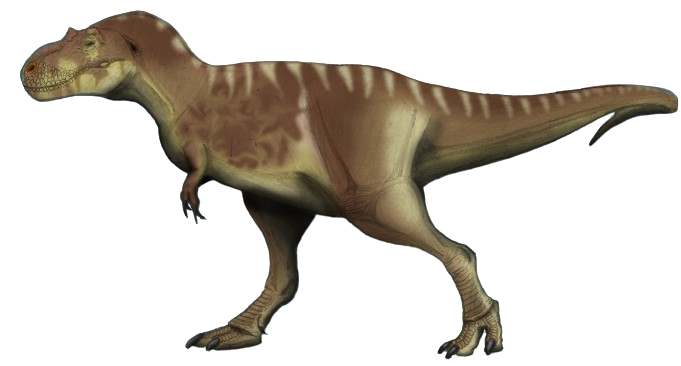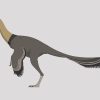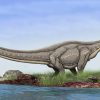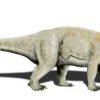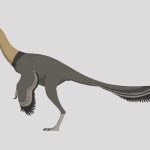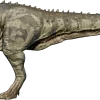Parasaurolophus, a remarkable dinosaur from the late Cretaceous period, about 76-65 million years ago, captures the fascination of paleontologists and enthusiasts alike. Characterized by its distinct features, Parasaurolophus was a long-crested, duck-billed dinosaur that roamed the Earth towards the end of the Mesozoic era. Stretching up to an impressive 22 feet (7 meters) in length and standing at approximately 8 feet (2.8 meters) tall at the hips, this herbivorous creature weighed around 2 tons.
One of the most distinctive aspects of Parasaurolophus was its extravagant crest. The crest, which was longer than the rest of its skull, extended up to 6 feet (1.8 meters) and was a hollow, bony structure. Intriguingly, the crest featured four tubes that originated from the nostrils at the end of the snout, winding their way through the crest and potentially serving a role in vocalization. Some theories propose that this elongated structure could produce loud sounds, aiding in communication or perhaps for display purposes.
The dinosaur exhibited a slender, narrow snout, setting it apart from other hadrosaur snouts. Its beak, spoon-shaped in appearance, was adapted for grazing on vegetation. While the creature had a keen sense of sight and hearing, it lacked any significant natural defenses against predators. Its primary predators included the Albertosaurus and relatives of the infamous Tyrannosaurus rex.
Parasaurolophus was primarily bipedal, but there is evidence to suggest that it could also adopt a quadrupedal stance on occasion. The creature had a pointy tail and may have possessed webbed fingers, giving rise to the possibility of a mitten-like hand. Some paleontologists argue that these web-like hands were adaptations for swimming, highlighting the potential versatility of this dinosaur in different environments.
In terms of locomotion, Parasaurolophus would have been a graceful walker on two legs, covering vast distances in search of food and suitable habitats. The toothless, horny beak and numerous cheek teeth served the purpose of efficient herbivory, allowing it to process plant material as part of its diet.
Parasaurolophus existed in a dynamic ecosystem alongside other fascinating creatures of the late Cretaceous. Its interactions with its environment, fellow dinosaurs, and potential social behaviors remain areas of interest and ongoing study in paleontology. The discovery and study of such remarkable creatures contribute significantly to our understanding of Earth’s ancient past.


